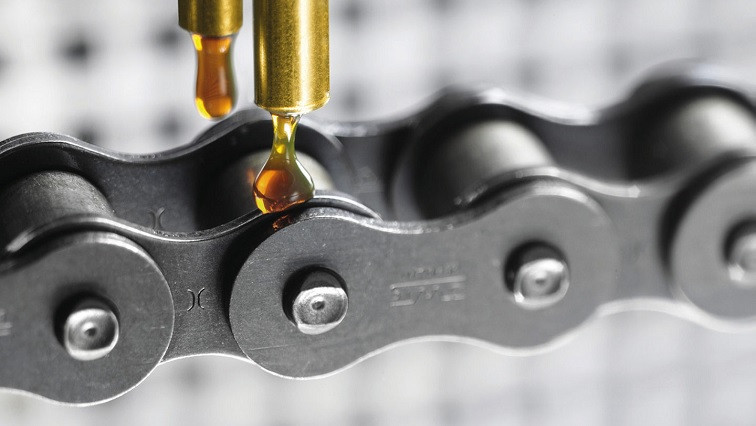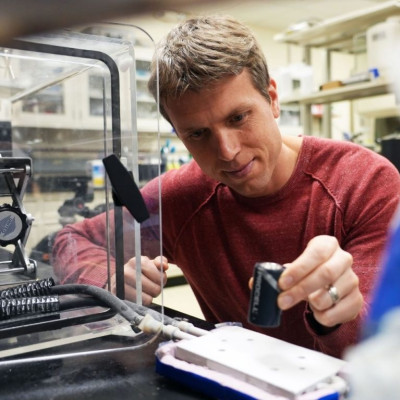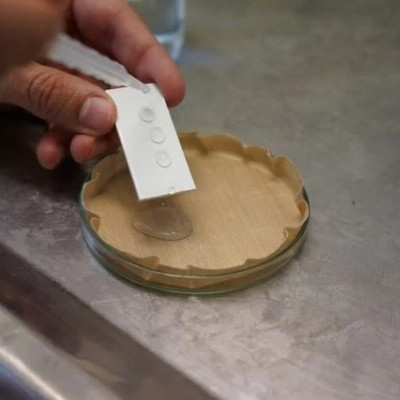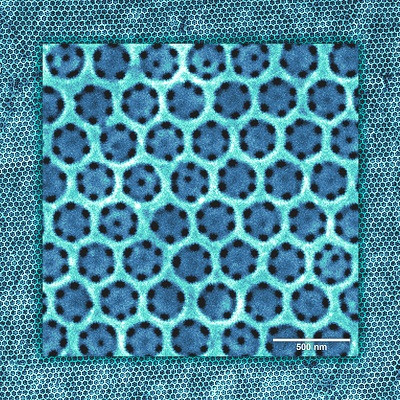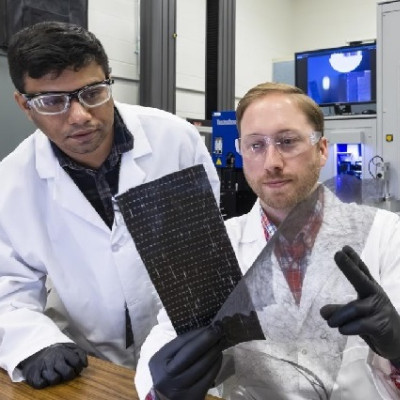The dynamics of how liquids behave when confined in a nanoscale-sized space such as nanochannels, nanotubes or nanopores, is key to understanding a wealth of processes including lubrication, filtration and even energy storage.
The dynamics of liquids at nanoscales are different to behaviour in confinement at macroscales, however. One of the key differences that a reduction in scale creates is friction and shear between the liquid and its solid container. And further complications arise in systems with solid-to-solid contact with features like wear, micro-pitting and scuffing created.
A new paper published in EPJ E and authored by Shan Chen, from the State Key Laboratory of Organic-Inorganic Composites at Beijing University of Chemical Technology, China, uses simulations of molecular dynamics to look at the friction-induced nano-confined liquids.
The simulation was created using the Molecular Massively Parallel Simulator (LAMMPS) which facilitated the investigation of how the properties of a confined liquid cooperatively affect the friction force between a liquid column and confining solid substrates. The authors considered three different flow types and assessed how these changed with fluid velocity.
The team simulated flows of Lennard-Jones (LJ) chain-like liquid encaged in a solid cylindrical nanopore with atomically smooth surfaces. To replicate the effect of solid/solid contact on liquid/solid friction, the authors introduce model geometries through pistons.
One of these pistons was placed on the left side of the confined liquid, and provided a driving force pushing the fluid column, while the piston on the right side was freely movable.
The resultant simulation reveals the existence of a variable previously not considered - molecular clogging - on liquid/solid friction. This arises in the strongly confined liquid, the researchers say, from the aforementioned solid to solid contact.
This results in a modified flow sharing features of plug and Poiseuille flow - the flow of liquid between two infinitely long parallel plates - that is different at the nanoscale than the standard Poiseuille flow observed at the macroscale.
Read the original article on Springer.

